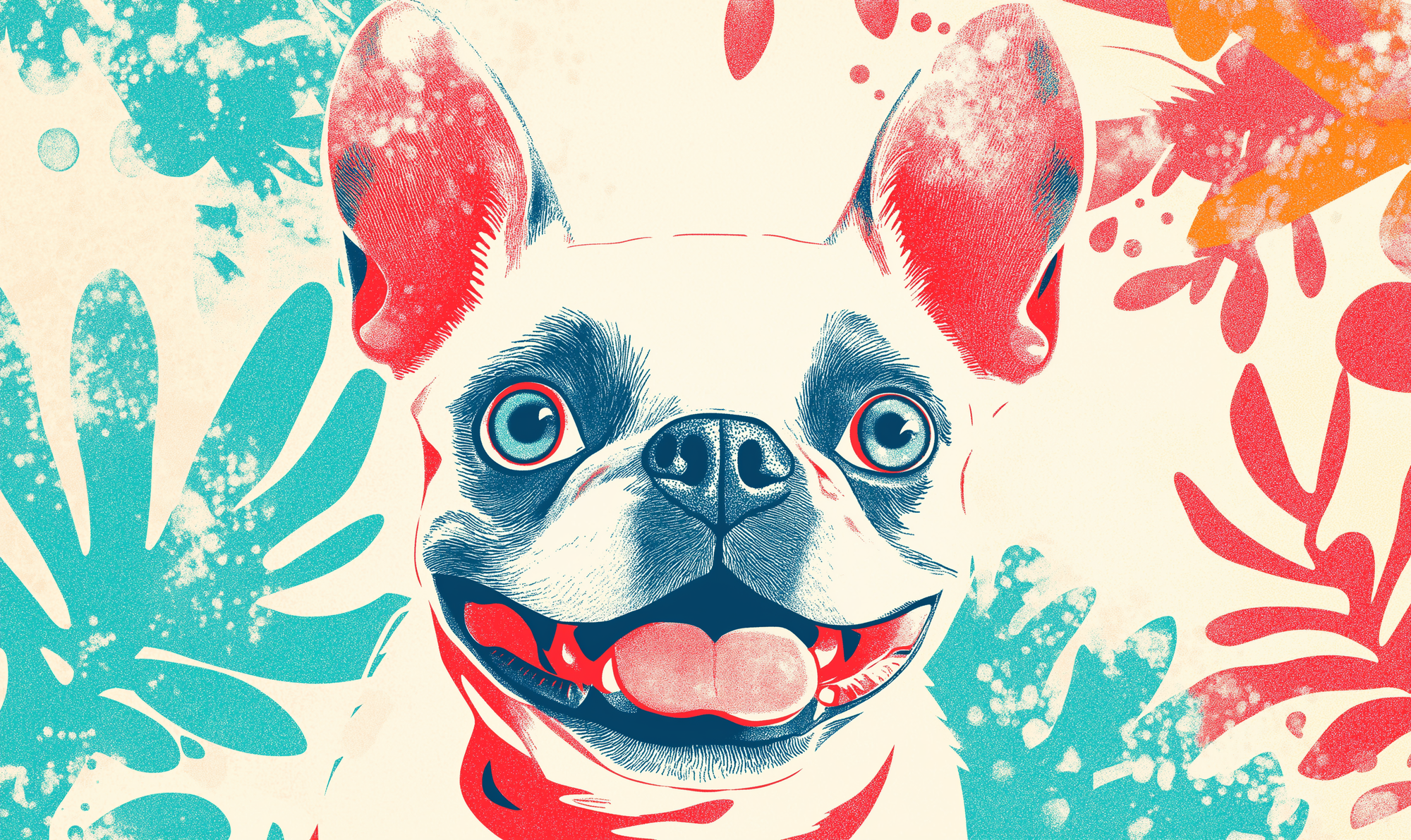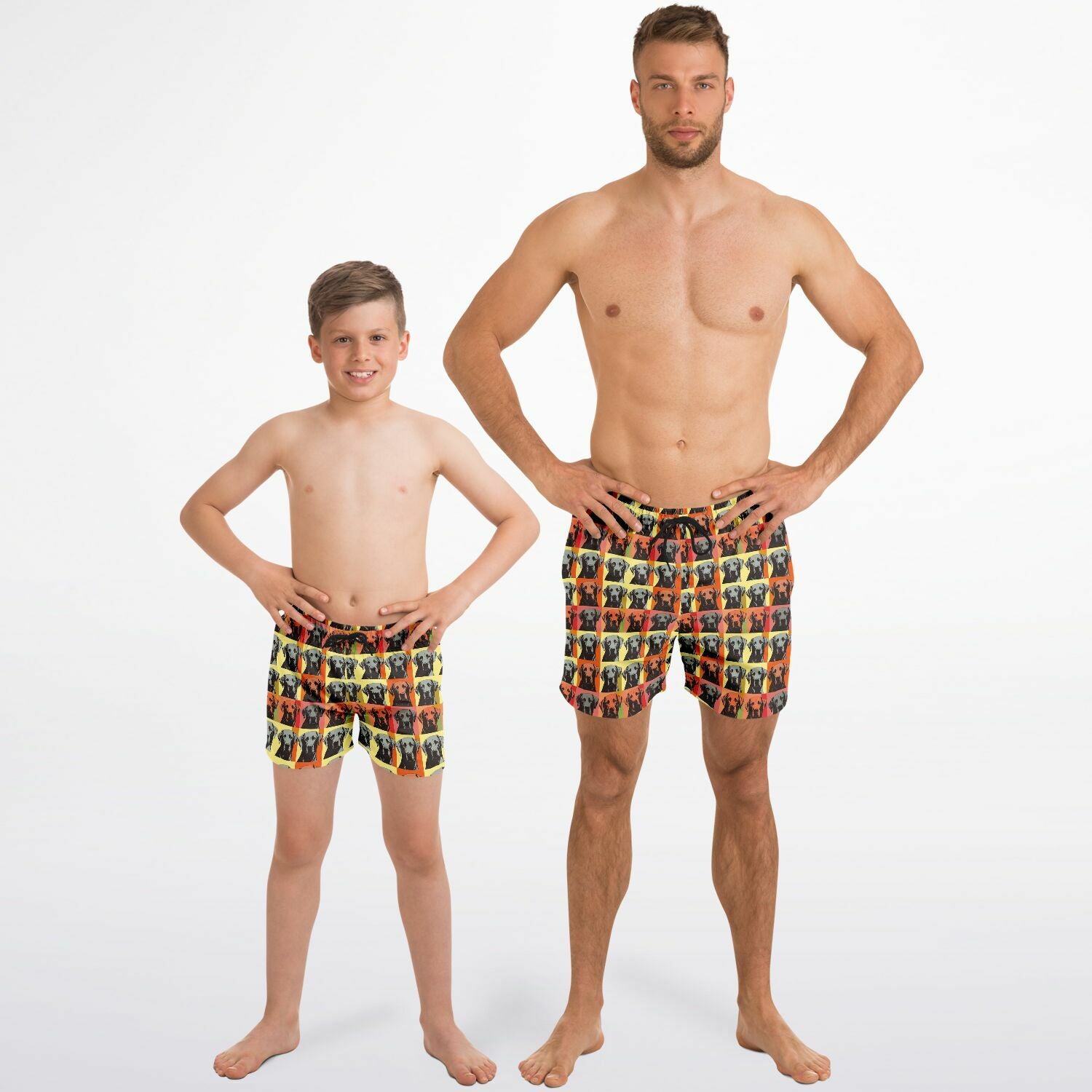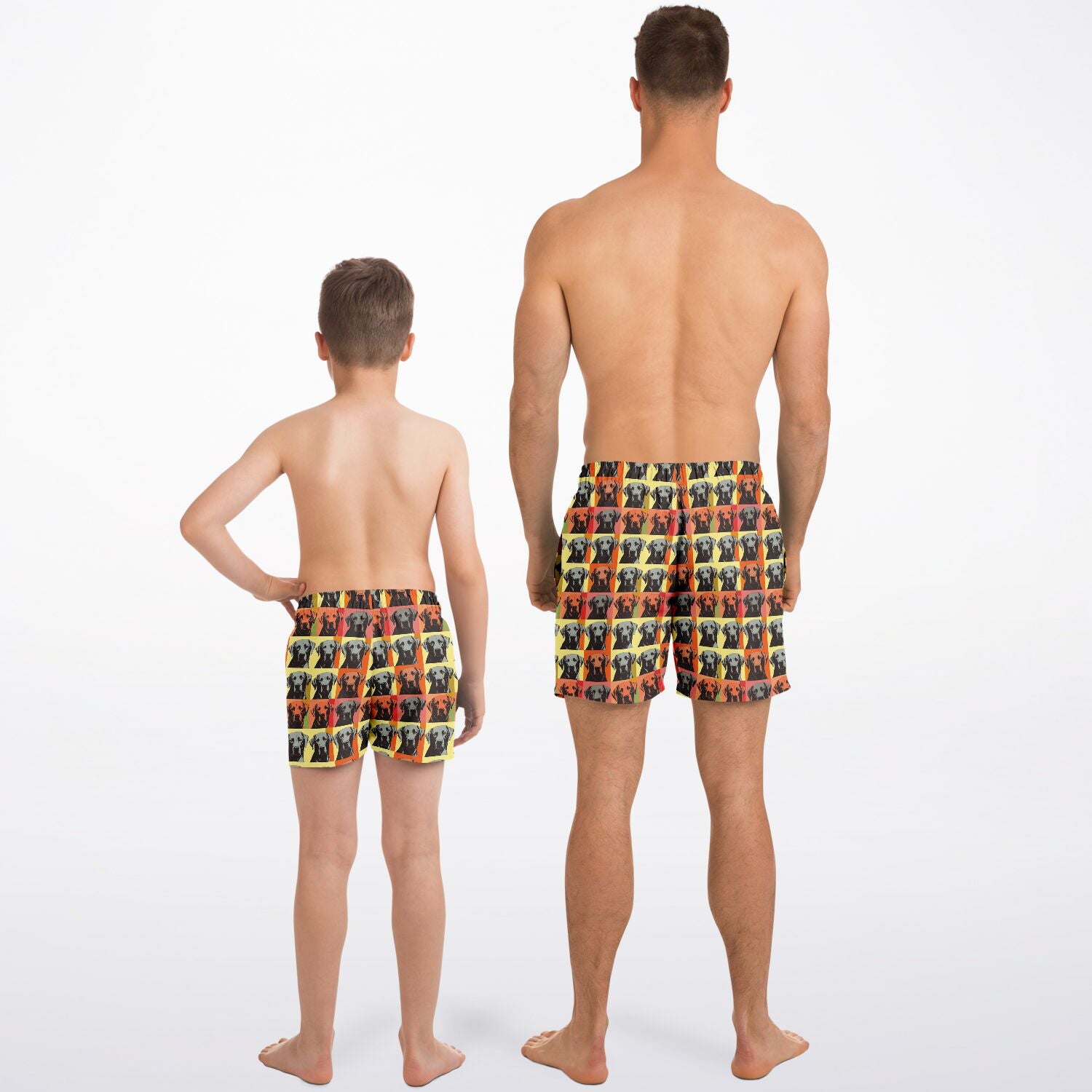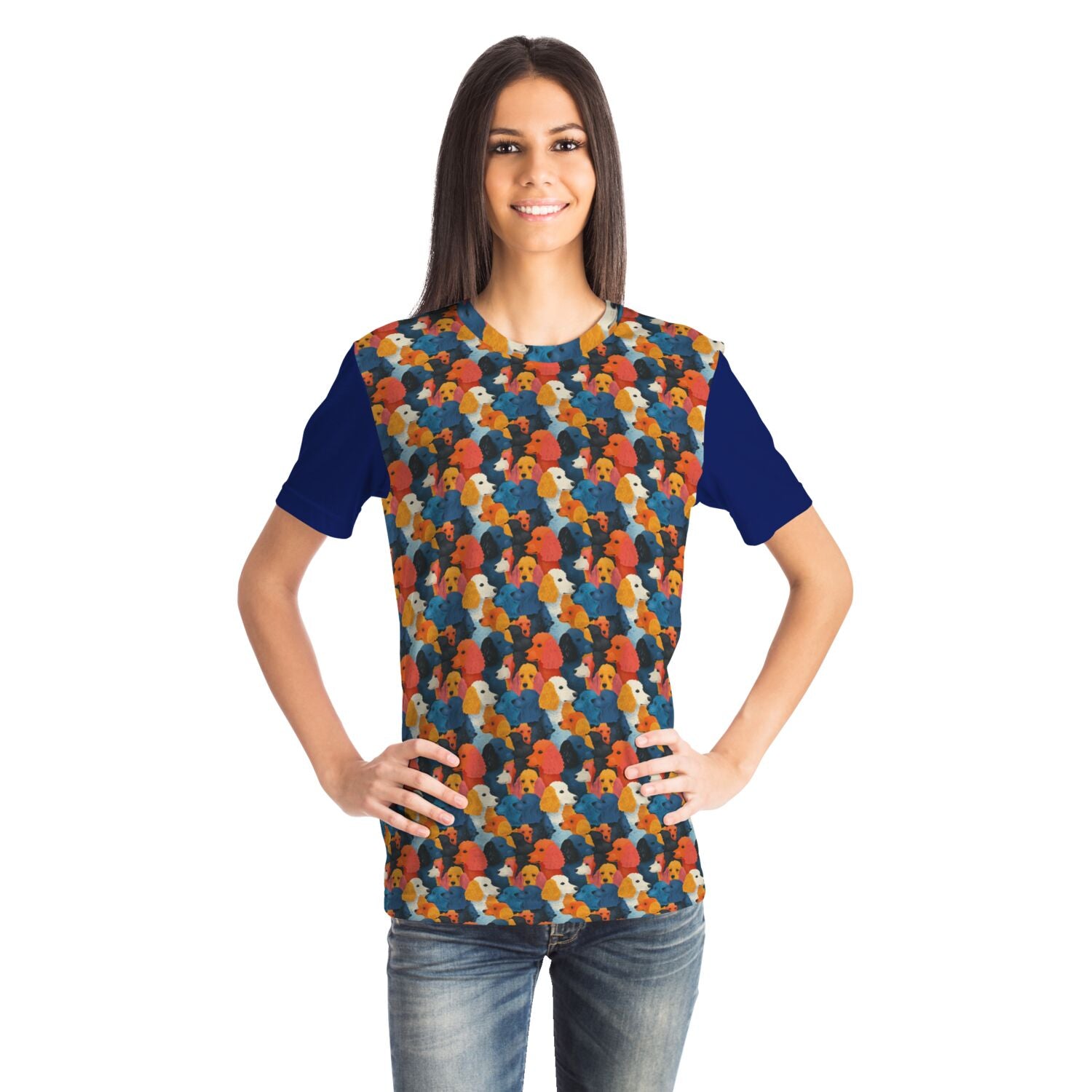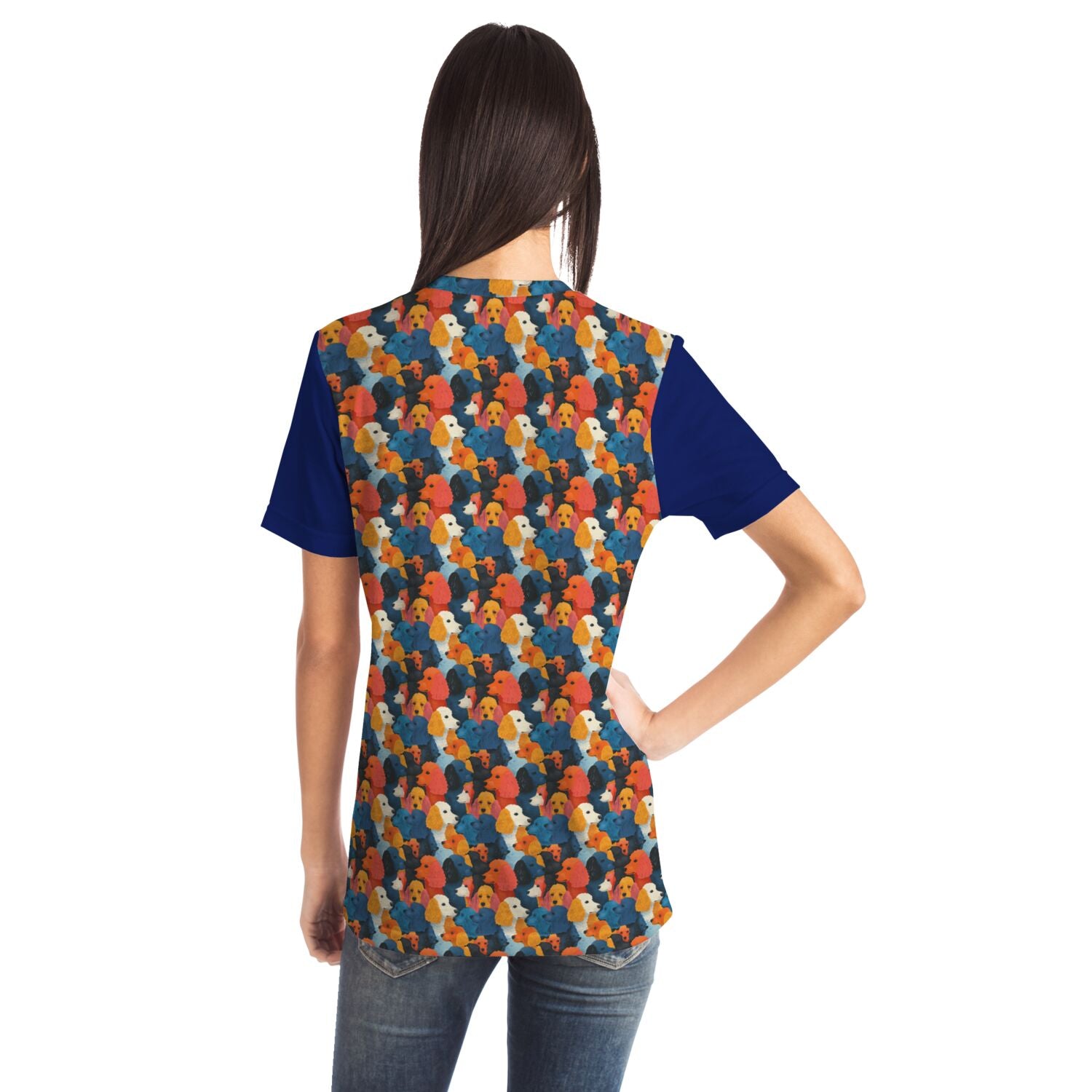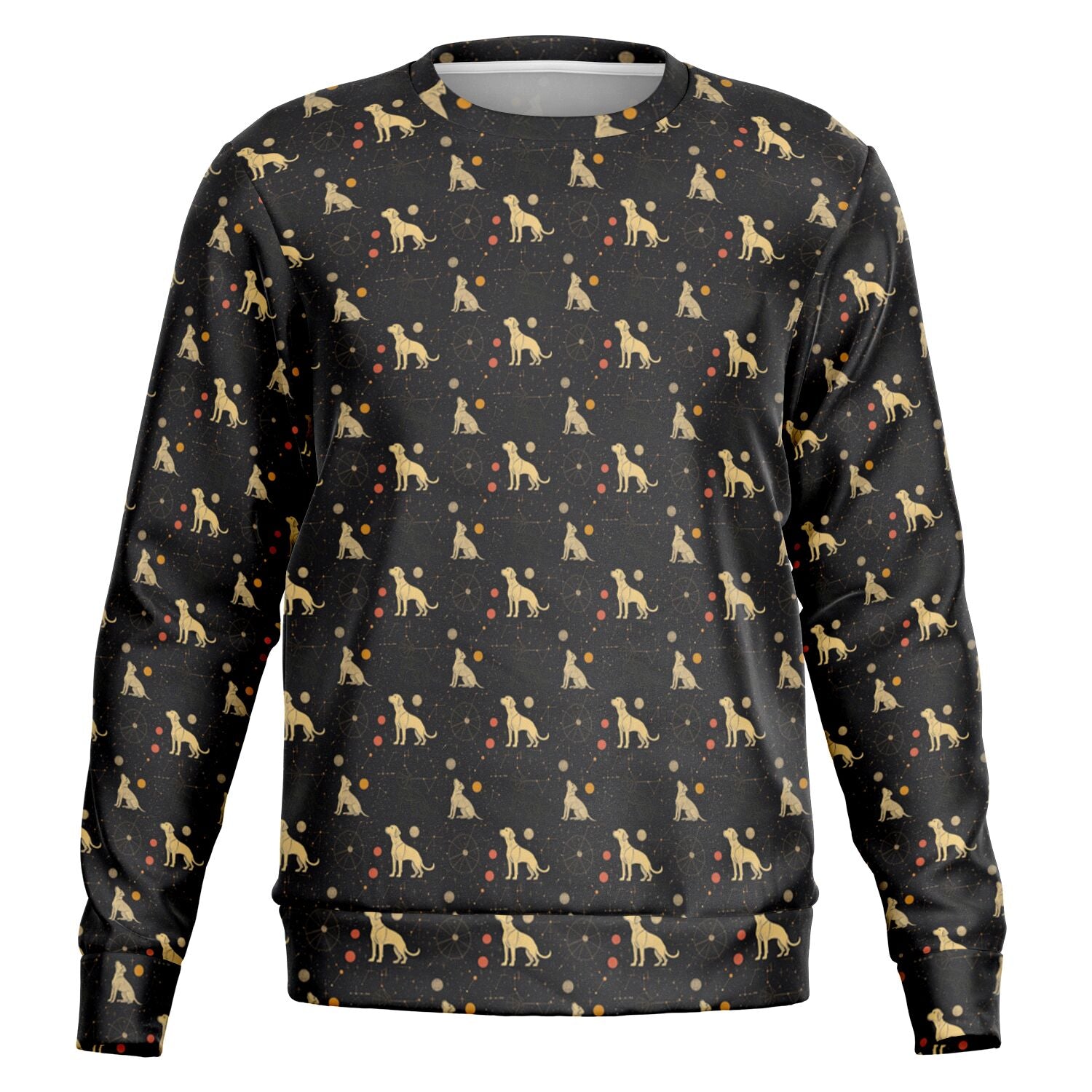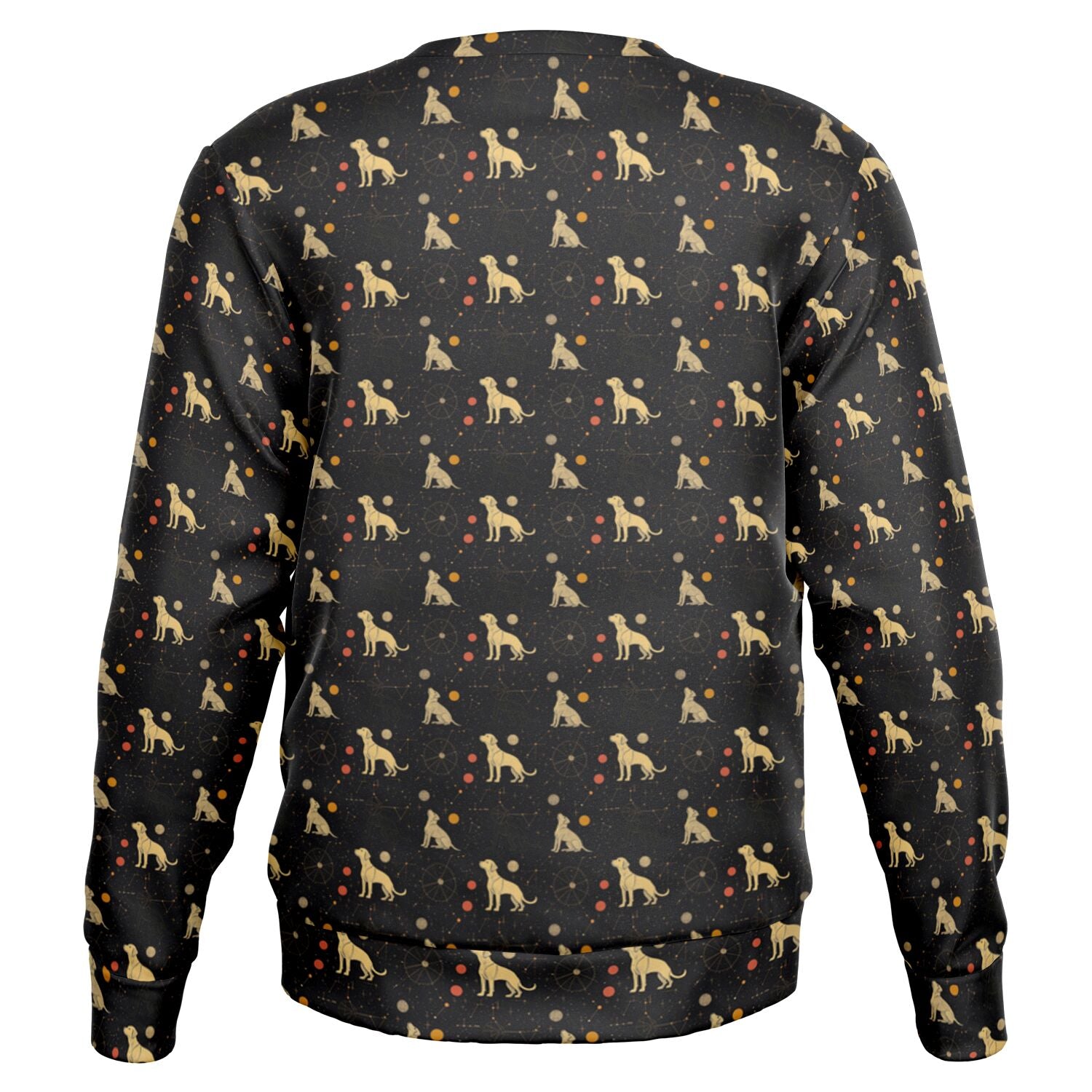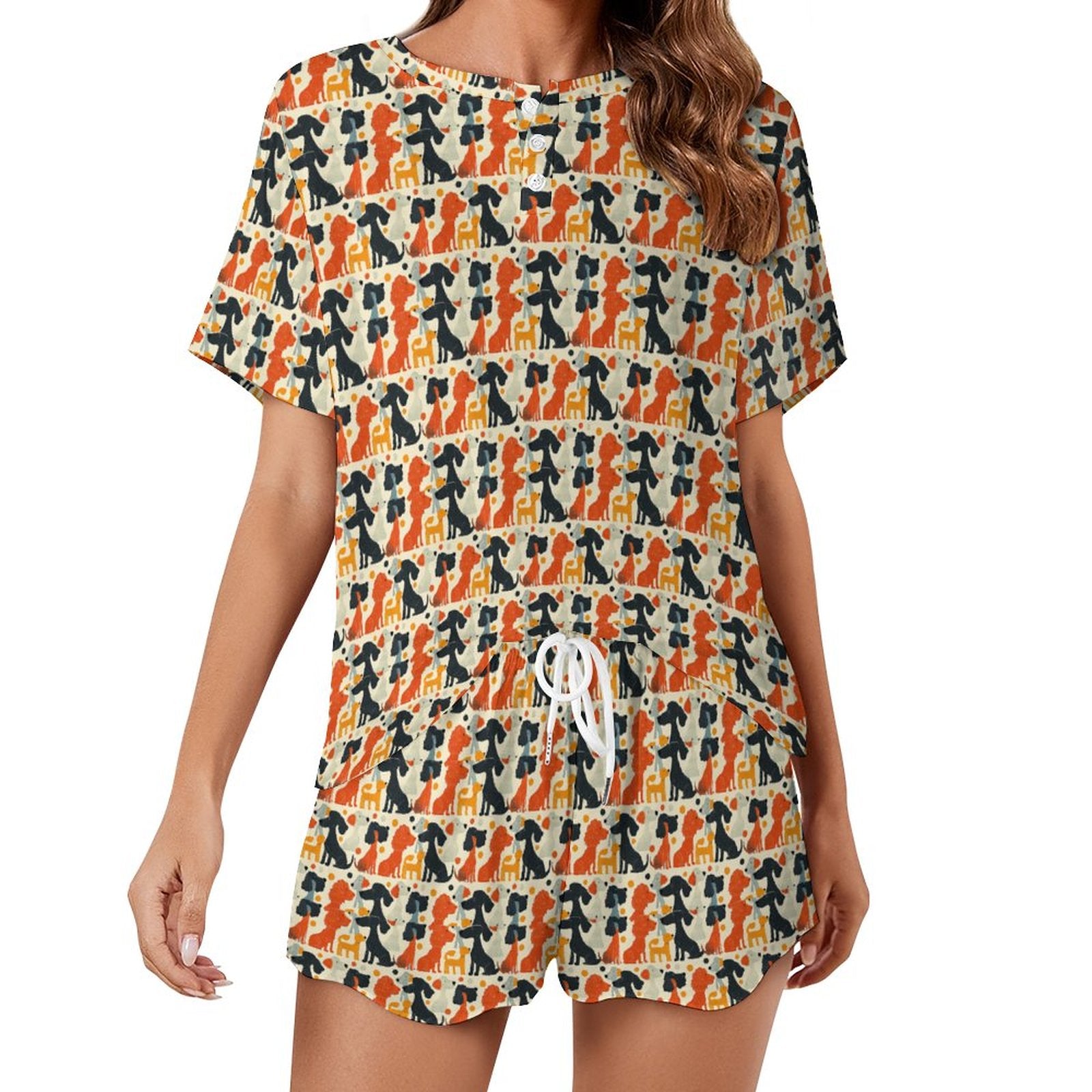As we navigate the labyrinth of dog lore, we encounter tales as varied as the breeds themselves. These legends, myths, and misconceptions about our canine companions can be as enchanting as they are perplexing. Today, we're setting the record straight and debunking some of the most enduring dog myths. Strap on your Sherlock Holmes cap, grab a cup of your favorite brew, and join us on this investigative journey into the world of man's best friend.
Myth 1: Dogs See in Black and White
For years, the belief that dogs see the world through a monochrome lens has been as pervasive as a well-chewed tennis ball. The truth, however, is far more colorful. Dogs do see color, but not in the same way that we do. Their vision is similar to that of a human with red-green color blindness. This means they perceive the world in shades of blue and yellow, a far cry from the grayscale image we often imagine.
Speaking of vision, it's worth noting that regular check-ups can help maintain your dog's eye health. Products like the Vetericyn Plus All Animal Eye Wash are excellent for keeping those big puppy eyes bright and clear.
Myth 2: A Dog’s Mouth is Cleaner Than a Human’s
This myth is as tempting to believe as it is gross to contemplate. While it's true that dogs' mouths contain different bacteria than ours, to call them 'cleaner' is a stretch. In fact, both human and canine mouths are teeming with about equal numbers of bacteria. So, the next time Fido wants to give you a sloppy kiss, remember that while it may not be cleaner, it's not necessarily more contaminated than a human mouth.
For those times when your dog's breath could use a bit of freshening up, consider using products such as TropiClean Fresh Breath Dental Health Solution. This water additive was designed to promote a healthier mouth and fresher breath for our furry friends.
Myth 3: Dogs Age Seven Years for Every Human Year
This is one of those myths that's as widely accepted as it is inaccurate. The 7:1 ratio is a simplification of a more complicated process. Small dogs tend to mature faster in the first couple of years of life. A small one-year-old dog is roughly equivalent to a 15-year-old human, and a two-year-old dog is akin to a 24-year-old human. After that, each additional dog year equals about four to five human years. Larger dogs, however, tend to age quicker.
To help your dog age gracefully, consider investing in health-supporting products like Nutramax Dasuquin with MSM Chewables. This joint health supplement can help keep your dog spry and playful, regardless of their age.
As we reach the end of our myth-busting journey, let's remember that these misconceptions do not detract from our dogs' charm. If anything, they add allure to the already fascinating tapestry of canine companion lore. The bond between humans and dogs has been nurtured over millennia, surviving the test of time and myth.
In the end, it's not about how much color they see or what their mouth bacteria count is. It's about the unspoken bond, the shared moments, the paw prints on our hearts. It's about knowing that when everything else seems uncertain, the love of our dogs is a constant, a beacon that guides us home.
So, here's to setting the record straight. Here's to our dogs – not just our pets, but our companions, our confidants, our friends. May we continue to discover, learn, and debunk together, walking side by side on this journey of companionship.
And remember, whether it's keeping their eyes bright and clear, their breath fresh, or their joints healthy, there's a product out there that can help. After all, our four-legged friends deserve the best. Because when it comes to love, loyalty, and friendship, they always give us theirs – no myth about it.


